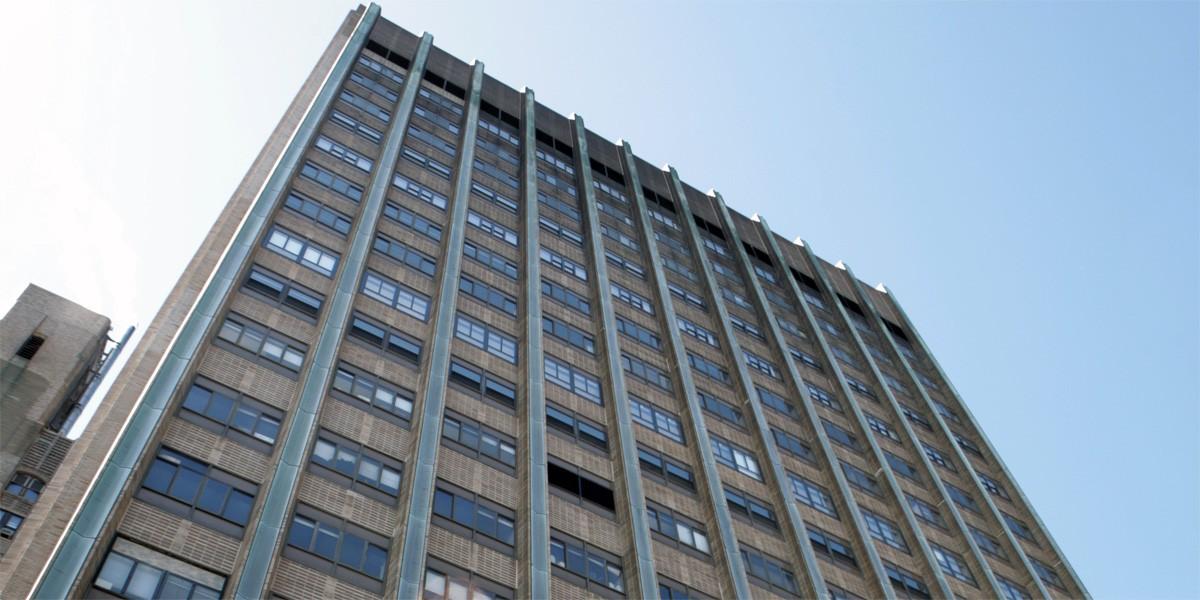Among the past achievements was the identification of a 40,000-dalton protein (alpha subunit) as the bearer of the binding site for acetylcholine (ACh) in the nicotinic ACh receptor. This was the first correct identification of a subunit of any membrane receptor. Subsequently, we purified the intact ACh receptor, demonstrated that it consisted of the 40-kDa subunit (alpha) and three other higher molecular weight subunits, beta, gamma, and delta, that the stoichiometry was 2 alpha: 1 beta: 1 gamma: 1 delta, with an overall molecular weight of 250 kDa. We also identified for the first time specific residues within a receptor binding site, namely that the ACh binding site in alpha contained adjacent Cys 192 and Cys 193, that these formed a highly unusual vicinal disulfide, and that each of the subunits contained two additional Cys that formed a 15 residue disulfide loop. The vicinal disulfide was conserved in all types of nicotinic ACh receptor alpha subunits and the 15 residue loop closed by a disulfide was conserved in all subunits of the pentameric ionophoric receptors (aka, the Cys-loop receptors). In addition, we developed the substituted-cysteine-accessibility-method (SCAM), which permitted the identification of nearly all the residues lining an ion-conducting channel and the location of the channel gate(s). SCAM has been very widely used to probe binding sites and transport pathways of a great variety of membrane proteins. More recently, the dynamic structure of the voltage- and calcium-activated, large conductance potassium channel (BK) has been studied by disulfide crosslinking, SCAM, and molecular modeling. Currently, we are developing kinetic models of arterial smooth muscle involving the distribution in multiple cellular compartments and microdomains of approximately forty protein components (receptors, channels, transport proteins, and various enzymes), and we are carrying out virtual experiments on the modulation by endocrine, paracrine, and neuronal effectors of the function of smooth muscle in health and disease.
The Center is led by Dr. Arthur Karlin, Ph.D., Higgins Professor of Biochemistry and Molecular Biophysics, Physiology and Cellular Biophysics, and Neurology at Columbia University in the City of New York.
